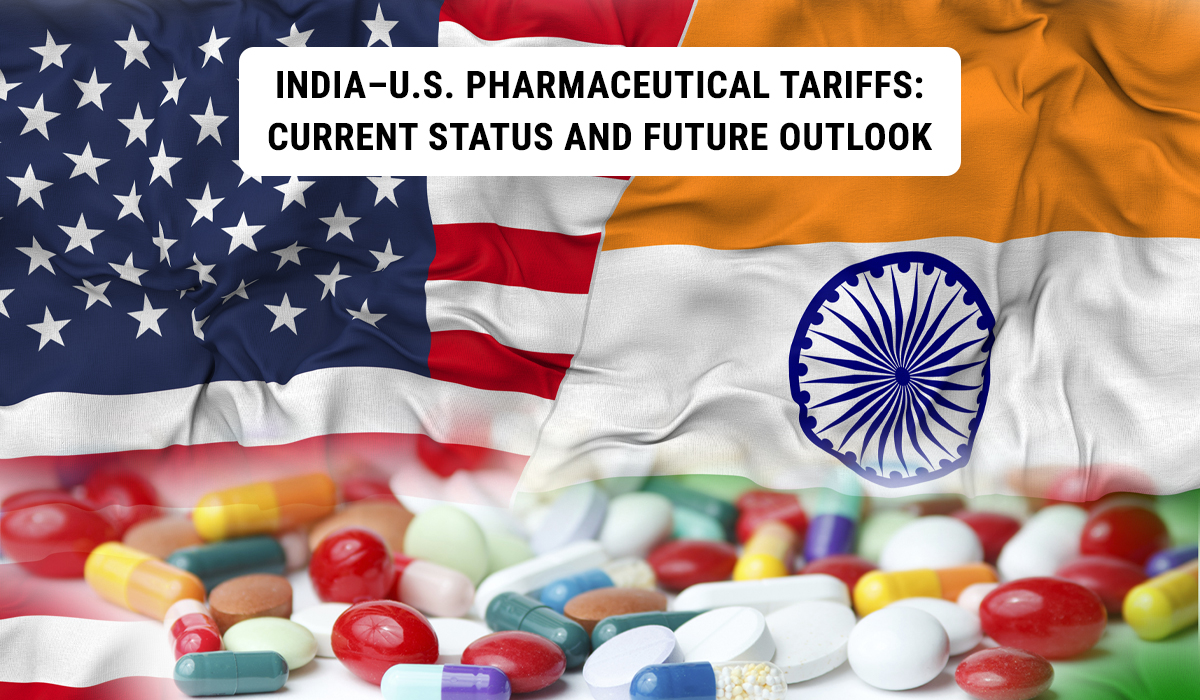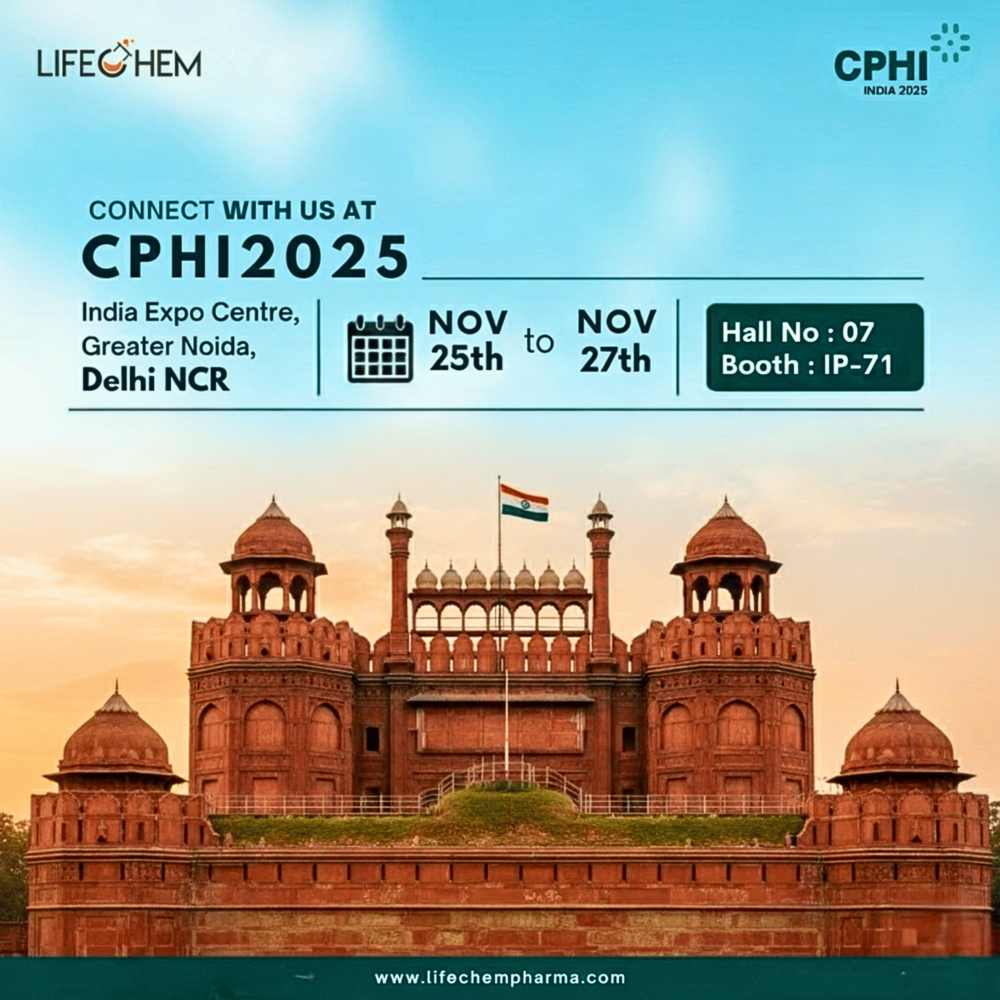The commercial ties between India and the United States have faced challenges recently
due to mutual tariff implementations across various industries. Yet, presently, the pharmaceutical sector has
managed to stay largely unaffected, though this relief might not last indefinitely.
The Current Situation
In August 2025, India’s Ministry of Commerce assured that pharma exports to the U.S. are
excluded from the new 25% reciprocal tariffs. The tariffs were imposed due to U.S. trade actions on Indian products,
but the exemption marks the strategic significance of the pharma industry for both countries. Exports of electronics
have been exempted as well.
Reasons Behind Pharma’s Exclusion
Critical Supply Chains
The U.S. is dependent upon Indian generics and active pharmaceutical ingredients (APIs)
for low-cost medicines, especially in cardiovascular, oncology, and anti-infective segments.
Mutual Benefit
India gains considerable export income from U.S. pharma sales, while the U.S. gains
access to lower-cost, high-quality medicines.
Avoiding Shortages
Any abrupt tariff shock would produce drug shortages and price increases in the U.S.,
most importantly for life-saving drugs.
The Broader Picture: U.S. Pharmaceutical Tariff Strategy
India is currently subject to an exemption, but the larger U.S. trade policy towards
pharma is in the process of changing. Former President Trump has already suggested stepwise tariffs that will go as
high as 150–250% on pharma imports from those nations, which will not significantly increase U.S.-based
manufacturing. While intended mainly for China and other large exporters, the ripple effect may ultimately affect
India.
Future Challenges
Policy Reversals – Exemptions can be withdrawn if there is a buildup of
political or trade tensions.
Supply Chain Pressure – Pressure to manufacture in the United States could
lessen the reliance on Indian APIs in
the long run.
Global Competitive Shifts – If tariffs hit others but India does not, Indian
manufacturers may have a short-term
competitive advantage.
Opportunities for Indian Pharma
Deepening Partnerships
Joint ventures with American firms for R&D and manufacturing could assure long-term
market access.
High-Value Innovation
Going from generics to biologics, biosimilars, and new treatments may render Indian
exports more resistant to trade politics.
Regulatory Alignment
Ongoing compliance with FDA requirements will continue to be key for keeping the faith
and maintaining exemption status.
Conclusion
For the time being, India’s pharma exports to America are tariff-free, protecting billions of dollars of trade and guaranteeing a consistent medicine supply for U.S. patients. Yet, the situation is dynamic, and stakeholders need to remain ready for policy changes. Strategic partnerships, diversification, and innovation will play a crucial role in riding out any potential tariff turbulence. Get to know more about medicine chemistry, visit Lifechem Pharma.







Recent Comments